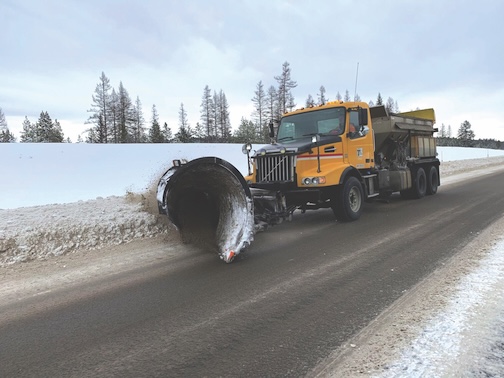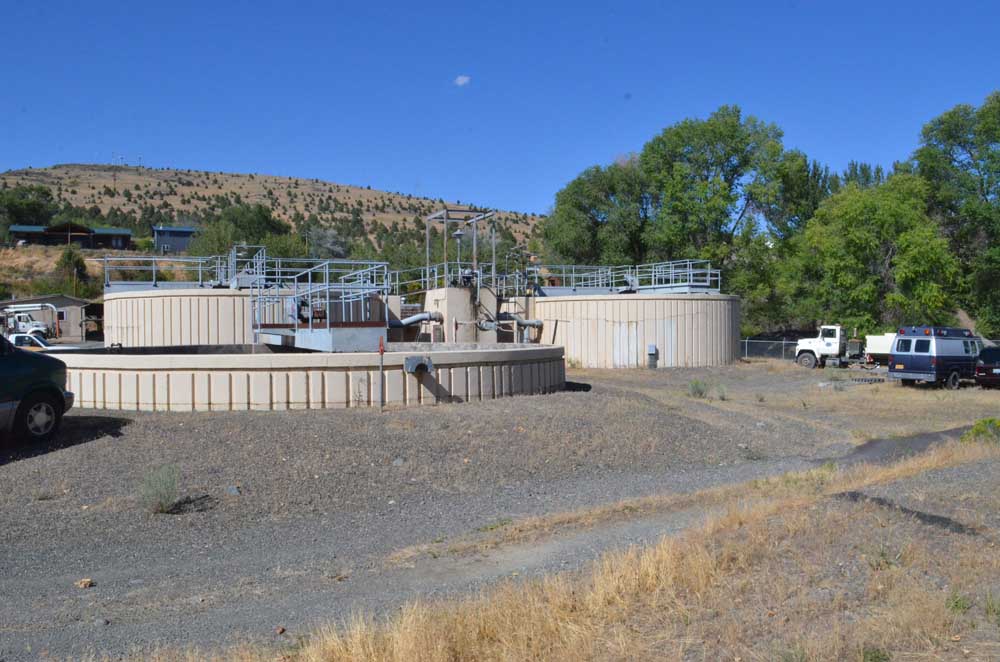First-ever scientifically described fossil grasshopper egg pod found at John Day Fossil Beds
Published 8:30 am Friday, January 19, 2024

- A paleontology team at the John Day Fossil Beds plans to exhibit the first-ever grasshopper fossil egg pod discovery at the Thomas Condon Visitor Center in Kimberly later this year.
KIMBERLY — The first-ever scientifically described fossil grasshopper egg pod on Earth, dating from 29 million years ago, has been found in the Sheep Rock Unit of John Day Fossil Beds National Monument.
Trending
As reported in the journal Parks Stewardship Forum, researchers Jaemin Lee of the University of California-Berkeley, Nicholas Famoso of the John Day Fossil Beds National Monument and Angela Lin of the University of Oregon used micro-CT scans to investigate the internal structure of over 50 fossilized insect eggs and an intact egg pod from the Sheep Rock Unit.
A fossil egg pod of grasshoppers has never been found and described before, attesting to their rarity in the fossil record and the exceptional preservation of the John Day fossil beds, according to the paleontology team.
“It’s exciting that we do have the first described fossil grasshopper egg pod found in the world, and it speaks to the significance of the national monument,” said Famoso, head paleontologist at the John Day Fossil Beds National Monument.
Trending
Each egg is about 4 millimeters long — about the size and appearance of a grain of rice. The eggs had been previously found in isolation and had been misidentified as ant pupae or ant eggs.
The intact nest was discovered in 2012, but it wasn’t until last week that scientists confirmed the eggs were not made by ants. The shape of the eggs is consistent with those of modern grasshoppers that lay their eggs in underground nests, Famoso said.
The John Day Fossil Beds National Monument comprises more than 14,000 acres in three separate units in Eastern Oregon and features fossil exhibits and a working paleontology lab at the Thomas Condon Visitor Center near Kimberly.
Famoso said his intention is to have an exhibit centering on the fossil egg pod discovery with the actual specimen at the visitor center museum for people to see and learn more about the discovery before this summer.
“I do have a plan for making a museum exhibit (for the egg pod),” he said, “and I’m working with an artist and have commissioned a piece of art to better explain how the eggs got deposited underground.”
The fossilized egg pod, or cluster, is named Subterroothecichnus radialis, while the individual eggs are named Curvellipsoentomoolithus laddi. The eggs are named after the first National Park Service superintendent of John Day Fossil Beds National Monument, the late Benjamin Ladd.
Ladd began the protection and resource management and science programs at the park that study and protect these fossil specimens, which are currently only known from within National Park Service boundaries.
Famoso said the team decided to name the eggs in honor of Ladd because they see the fossils as a testament to the National Park Service mission and the policies and programs established under Ladd’s leadership between 1975 and 1993.
“(The John Day Fossil Beds National Monument) was set aside in 1975 because of the reasonably exquisite fossils that go back 50 million years to five million years ago, and the significance of the park is the very long fossil record of preservation found here,” Famoso said. “Nowhere in the United States in the National Park System is there a fossil record like here. … It’s the longest fossil record from the age of mammals anywhere in the country.”
On the Web
The new study, “Microtomography of an Enigmatic Fossil Egg Clutch from the Oligocene John Day Formation, Oregon, USA, Reveals an Exquisitely Preserved 29 Million-Year-Old Fossil Grasshopper Ootheca,” can be found online in Parks Stewardship Forum at https://doi.org/10.5070/P540162928.









